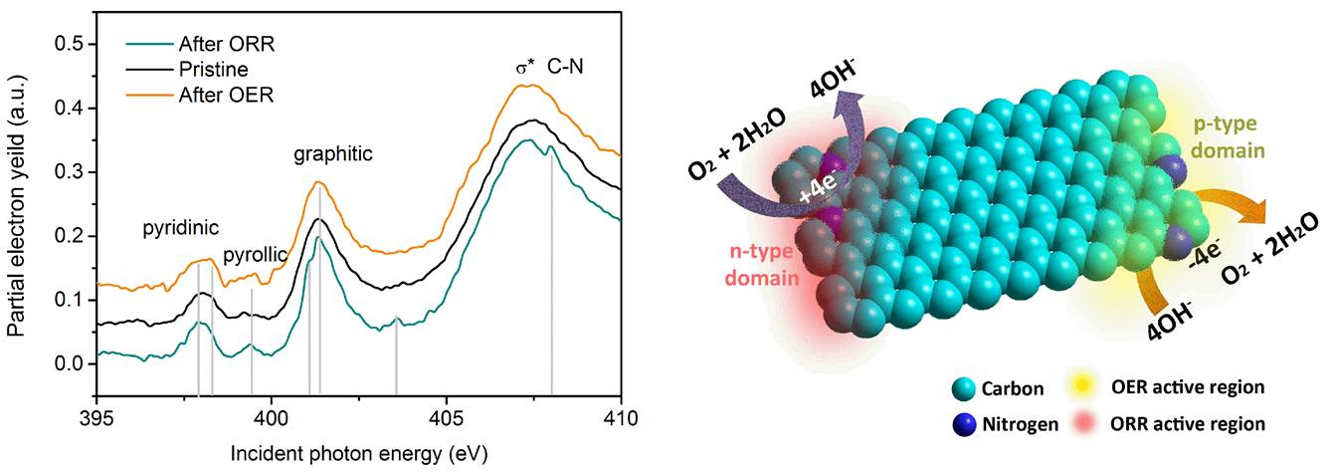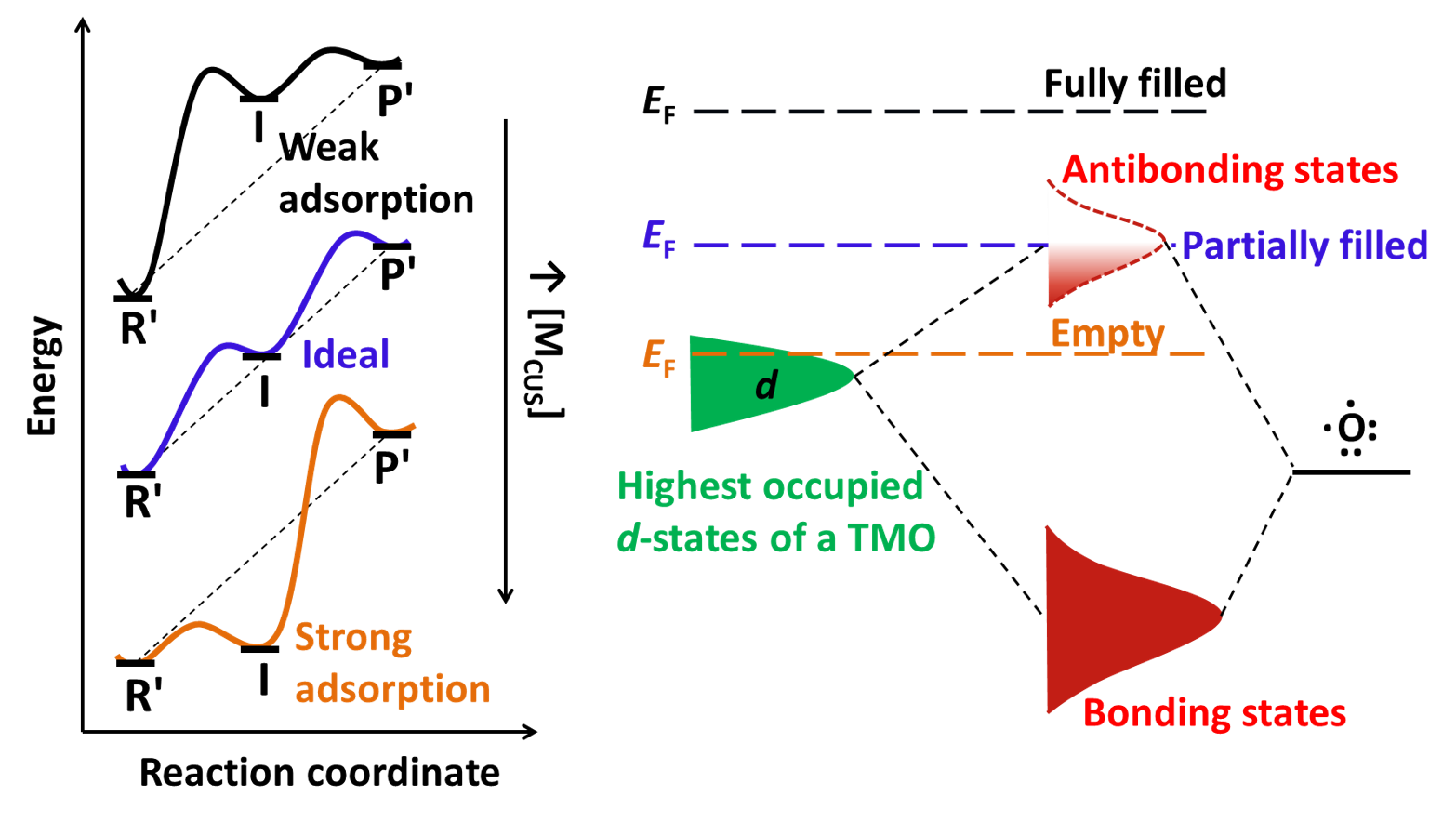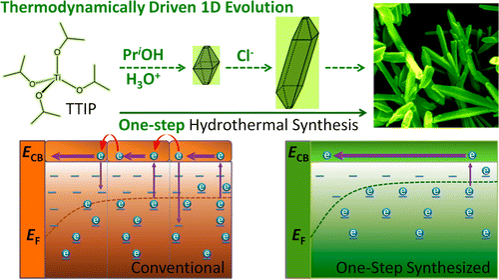Bin Liu Group
Electrode and Catalyst Design for Clean Energy Technologies
Novel electrocatalysts
We use well defined materials to derive mechanistic understanding and tune their surface reactivity for desired catalytic activity. The knowledge obtained from above research provides solid foundation for the development of more efficient catalysts that could meet for practical application requirements.
Electrodes with better charge transport properties
In a photoelectrochemical cell, the most concerned issue in nanostructured electrode is the charge transport, which consists of the internal movement of electrons in nanostructures and the intergrain charge transfer. We developed several strategies to improve charge transport property, such as synthesis of one-dimensional anatase TiO2 nanostructures with lower density of trap states, surface rutilization of anatase TiO2 nanorods to reduce recombination at intergrain of nanostructures.
Catalyst design
Due to sophistication of electrocatalytic systems such as OER, ORR and CO2 reduction, no ideal catalysts could meet all requirements for large scale application. Special design to solve particular problems is necessary. For example, for the catalysts with relatively low activity but good stability and large abundance, to identify the origin of their activity limitation and rationally improve activity is the most important. In our research, we are specially interested in the fundamental relations that govern the activity and surface reactivity.









